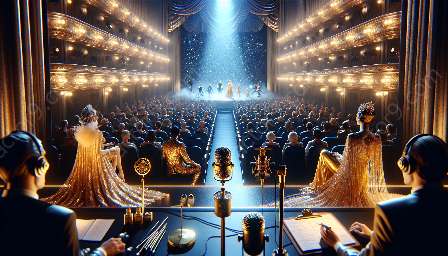Introduction
Voice performances are a crucial aspect of many forms of media, ranging from film and television to video games and animated productions. The ability to capture realistic and compelling performances through automated dialog replacement (ADR) and skilled voice actors is essential for creating immersive and impactful experiences for audiences.
Understanding ADR
ADR, or automated dialog replacement, refers to the process of re-recording dialogue in a studio setting to replace or enhance original recordings captured during filming. This technique is commonly used to improve audio quality, address technical issues in the original recording, or achieve a desired emotional tone that may have been lacking in the initial performance. ADR allows for greater flexibility in fine-tuning dialogue and enables creators to deliver seamless and high-quality voice performances.
Role of Realism in Voice Performances
Realism plays a pivotal role in voice performances, as it directly impacts the audience's ability to connect with the characters and narrative. Authentic and believable voice acting enhances the emotional resonance of a scene, elevating the overall storytelling experience. Whether portraying subtle nuances of human speech or bringing fantastical characters to life, realism in voice performances contributes to the immersion and relatability of the content.
Challenges and Considerations
When approaching ADR and striving for realism in voice performances, several challenges and considerations come into play. Technical precision, such as matching lip sync and capturing consistent vocal characteristics, is essential for achieving seamless integration of ADR with existing footage. Moreover, voice actors must embody the emotional depth and authenticity of their characters, effectively conveying their motivations and feelings through their vocal delivery.
The Art of Voice Acting
Voice actors are instrumental in bringing scripts to life and infusing characters with personality, depth, and emotion. They possess the ability to adapt their vocal performances to suit diverse roles, from portraying everyday individuals to voicing larger-than-life personas and creatures. A skilled voice actor not only embodies the essence of their characters but also collaborates with directors and producers to ensure the seamless integration of ADR while maintaining the intended realism and emotional impact.
Conclusion
The art of automated dialog replacement and the pursuit of realism in voice performances require a harmonious blend of technical precision and expressive artistry. Through ADR, creators can refine and elevate their audio content, while voice actors play a pivotal role in delivering authentic and immersive performances that resonate with audiences. By balancing technical considerations with the emotive power of voice acting, productions can achieve compelling and lifelike voice performances that enrich the storytelling experience.




























